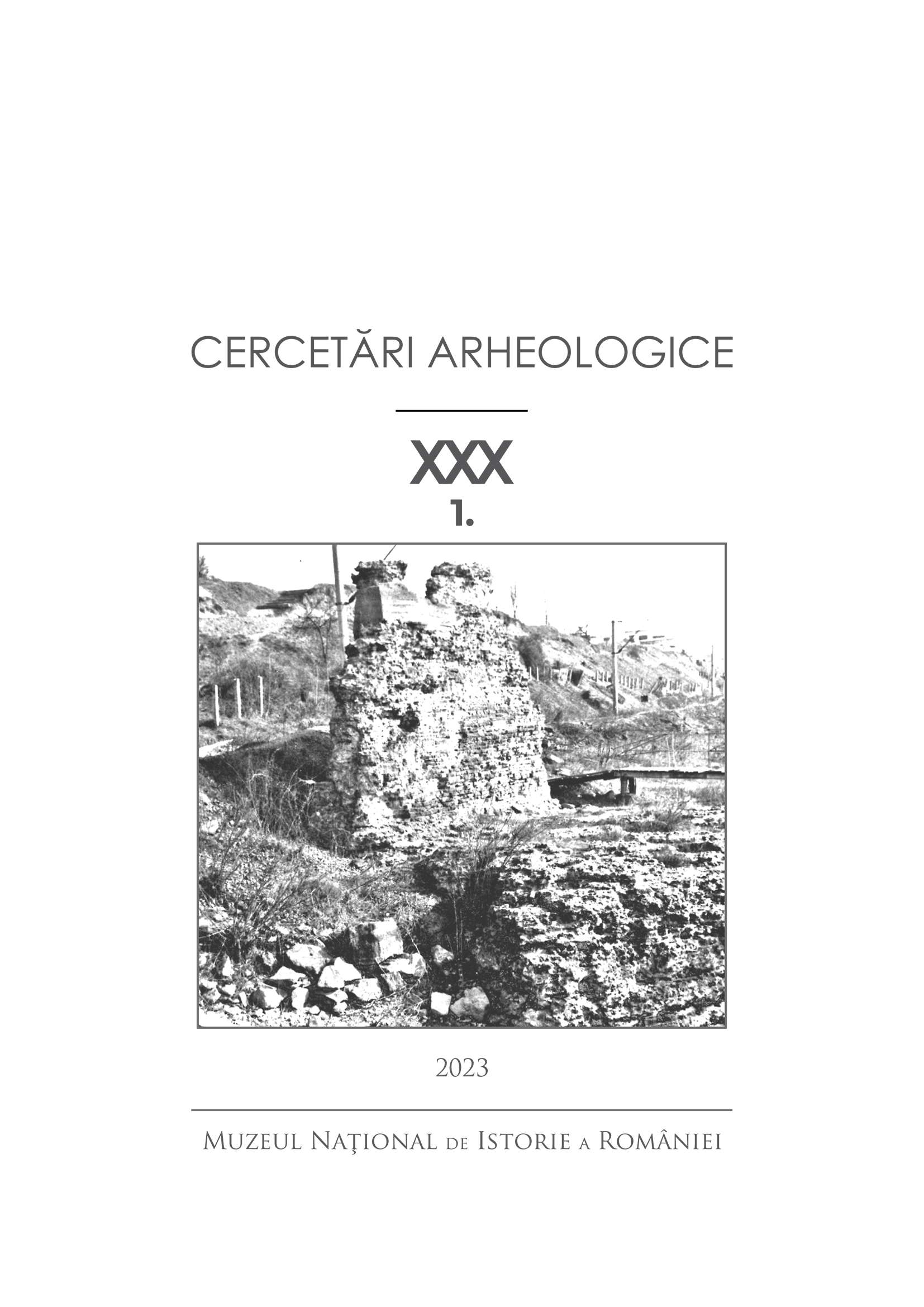The study and analysis of Semiran City-Castle based on the results of archaeological surveys
The study and analysis of Semiran City-Castle based on the results of archaeological surveys
Author(s): Alireza Rostami, Araz Najafi, Farzad MafiSubject(s): History, Archaeology, 6th to 12th Centuries
Published by: MUZEUL NAȚIONAL DE ISTORIE A ROMÂNIEI
Keywords: Qezel Owzan River; Semiran City-Castle; Mosaferian; Mausoleum-Barbican; Imāmzādeh Qasem;
Summary/Abstract: Semiran city-castle consists of a series of monuments dated in the 10th century AD1, located on the banks of the Qezel Owzan River, in north-western Iran. On this river, Sefid-rud Dam has been built (1956-1962), behind which a lake has developed. At the time of its dewatering, it turned the Semiran landscape into a peninsula, causing significant damage to the ancient sites. The following study presents the results of an archaeological survey, made in 2016, which recorded the actual conservation state and structural features of the surviving monuments. Semiran Castle consists of the remains of a castle and of several mausoleums established on the surrounding hills (four mausoleums on the highest part of the hill), with the same design as a barbican, some scattered enclosures, as well as the domed monument of Imāmzādeh Qasem, which is later. The Sallarids dynasty who had captured the Tarom region and lasted from about 917 to the middle of the 10th century AD, built mausoleums for themselves. In the early 10th century, the Sallarids captured the mountain castle of Semiran, from where they subsequently reached Tarom. This dynasty has been called by different names such as Mosaferian, Kangriyan, Langarian, Solarian, and Sallarids. Tarom was the capital of the dynasty. The rule of its monarchs, however, in different periods went beyond the Tarom region, and included parts of Deylaman as well as Gilan. The head of the Mosaferian dynasty, Muhammad Ibn Musafer, had made this castle his base. The castle had several houses as well as summerhouses and was magnificent. As the discussed region enjoys a special crossroad position, it has always been among the most important and influential routes of cultural exchanges and developments at the regional, national, and international levels. In July 2016, a survey was conducted in the north and northwest of the city-castle site in order to identify and record possible paths and structures that remained visible. Three defensive baileys, three cemeteries, a barrel-drain ceramic path, and a round stone barbican were identified during this study. The archaeological study of this city-castle revealed its growth and development in the early Islamic centuries.
Journal: Cercetări Arheologice
- Issue Year: XXX/2023
- Issue No: 1
- Page Range: 247-262
- Page Count: 16
- Language: English

